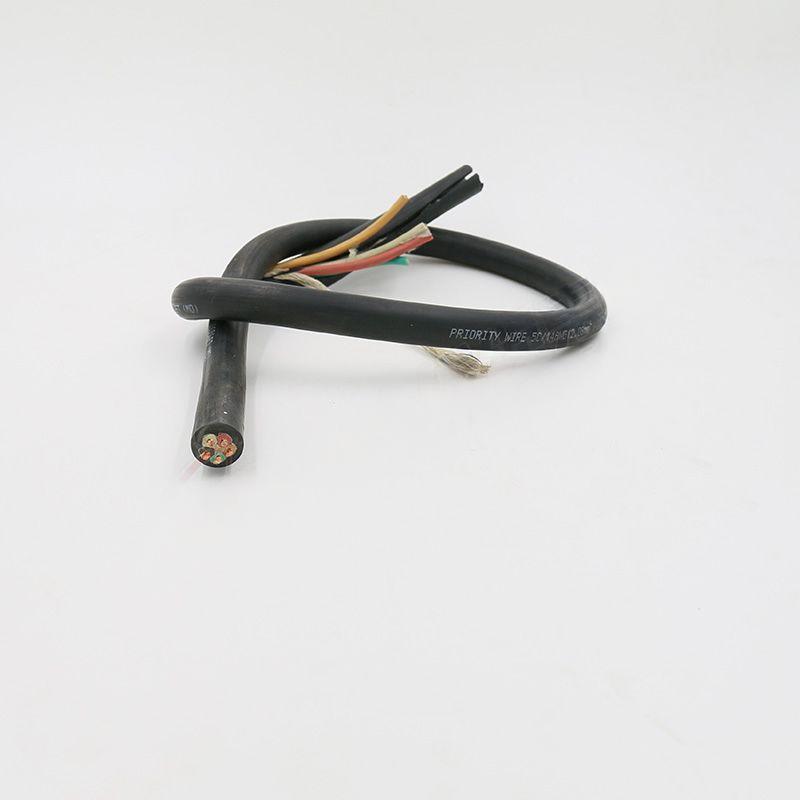Dec . 24, 2024 02:23 Back to list
Exploring the Benefits of Grooved Butterfly Valves in Industrial Applications
The Grooved Butterfly Valve A Comprehensive Overview
In the realm of industrial applications, the significance of reliable and effective flow control mechanisms cannot be overstated. Among the various types of valves used across diverse sectors, the grooved butterfly valve stands out as an innovative solution that combines versatility, efficiency, and ease of installation. Understanding the principles, advantages, and applications of grooved butterfly valves is crucial for engineers, designers, and maintenance personnel alike.
At its core, a butterfly valve is a type of quarter-turn rotational valve that uses a disc to regulate the flow of fluid. The operation is simple; when the valve is opened, the disc is rotated 90 degrees to allow fluid to pass through, and when closed, the disc sits perpendicular to the flow, effectively blocking it. The term grooved refers to the specific design of the valve's body and connections, which utilize grooves for easy assembly with piping systems.
One of the prominent advantages of grooved butterfly valves is their straightforward installation process. The grooved design allows for quick, secure connections with grooved piping systems, minimizing the time and labor required for assembly. This is particularly beneficial in projects where time is of the essence and efficiency is paramount. Additionally, the lightweight construction of these valves reduces the overall load on supporting structures, making them an ideal choice in both new constructions and retrofitting projects.
In terms of performance, grooved butterfly valves offer excellent flow characteristics. Their design minimizes turbulence and pressure drop, facilitating greater efficiency and control. This makes them suitable for a wide range of applications, from water and wastewater management to HVAC systems and industrial processes. By providing precise flow regulation, these valves help maintain optimal operating conditions while reducing energy consumption, leading to significant cost savings in the long run.
grooved butterfly valve

Material selection is also a key factor in the performance of grooved butterfly valves. They are commonly manufactured from a variety of materials, including cast iron, stainless steel, and PVC, allowing for compatibility with different fluids and environments. This versatility makes them suitable for industries such as chemical processing, food and beverage, and oil and gas, where specific material properties are crucial to prevent corrosion and contamination.
Moreover, the design of grooved butterfly valves often incorporates features that enhance their functionality. For instance, many models come with sealing technologies that prevent leaks and ensure durability under varying pressure conditions. Additionally, they can be equipped with actuators, offering automated control and enhancing the precision of flow management. The ability to integrate with modern control systems further underscores the grooved butterfly valve's adaptability in contemporary industrial settings.
The maintenance of grooved butterfly valves is relatively straightforward. Regular inspections, lubrication of the stem, and checking the sealing surfaces can ensure the long-term performance of these valves. Given their robust construction and resistance to wear, they typically require less frequent maintenance compared to other valve types, contributing to lower operational costs over time.
In conclusion, the grooved butterfly valve represents a significant advancement in valve technology, offering a blend of efficiency, ease of installation, and versatility across numerous industries. As industries continue to evolve and demand more efficient flow control solutions, the importance of such innovative devices will only grow. Understanding the specific applications and benefits of grooved butterfly valves is essential for professionals tasked with designing and maintaining fluid systems. With their capacity to enhance operational efficiency and reduce maintenance requirements, grooved butterfly valves are undoubtedly a critical component in the modern industrial landscape.
Share
-
Reliable Wafer Type Butterfly Valves for Every IndustryNewsJul.25,2025
-
Reliable Flow Control Begins with the Right Ball Check ValveNewsJul.25,2025
-
Precision Flow Control Starts with Quality ValvesNewsJul.25,2025
-
Industrial Flow Control ReliabilityNewsJul.25,2025
-
Engineered for Efficiency Gate Valves That Power Industrial PerformanceNewsJul.25,2025
-
Empowering Infrastructure Through Quality ManufacturingNewsJul.25,2025